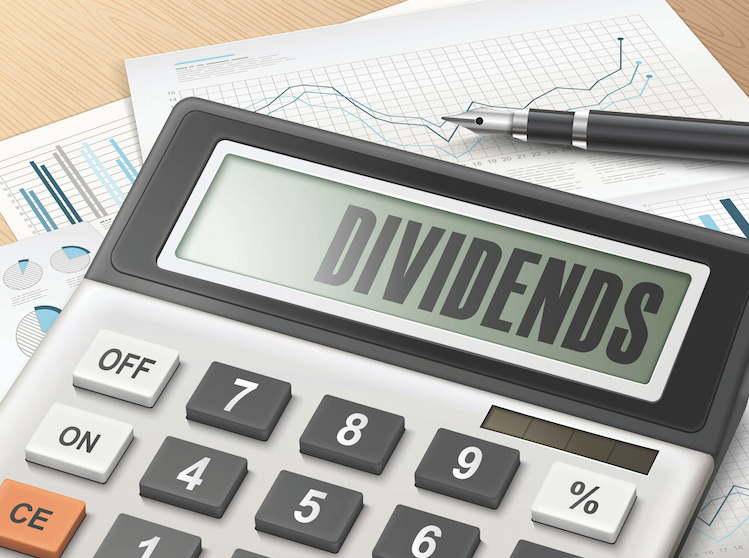The Government has unveiled plans to introduce a 1.25% tax increase on income from share dividends from April 2022.
The move is expected to raise around £600 million from investors and the self-employed, with company directors most likely to be worst hit.
Shaun Moore, tax and financial planning expert at Quilter, said: “With bond yields and interest rates showing no sign of rising, investors and retirees have come to rely heavily on dividends to receive their income. As such, there is nowhere to turn for this group from this tax levy unless they invest smartly in tax efficient savings vehicles such as ISAs and pensions.
“This policy, however, has wider ramifications and could have a huge knock-on effect on the entrepreneurial spirit of the nation. There are hundreds of thousands of directors of limited companies who pay themselves an income through dividends.
“This is a group that were locked out of any financial support during the pandemic and are now facing the double whammy of seeing their income hit just as the recovery takes shape and they try to find their feet once again.”
Industry experts said the dividend tax increase would likely spur growing interest in tax wrappers.
Tom Selby, head of retirement policy at AJ Bell said: “Assuming the new Health and Social Care Levy operates in a similar way to National Insurance, pensions salary sacrifice should become more attractive as a result of this announcement.
“Savers will be incentivised to boost salary sacrifice contributions in order to reduce their overall tax bill, while also boosting their retirement pot and benefitting from tax-free investment growth in the process.
“The increase in dividend tax means people investing outside tax sheltered wrappers like pensions and ISAs should review their portfolios to make sure they are making as much used as possible of their annual contribution allowances to keep their tax bills as low as possible.”
Laura Suter, head of personal finance at AJ Bell, added: “The move means that anyone taking home more than £2,000 a year in dividends will now face a slightly higher bill. At £10,000 of dividends this equates to £100 a year more, regardless of your tax bracket, while at £20,000 a year it means an extra cost of £225.
“Retail investors will only be impacted if they have significant portfolios outside of a pension or ISA as these shelter dividends from tax. Even then, they will only be caught and face a higher tax bill if their annual dividends are over the annual dividend allowance of £2,000.
“Those who receive dividend income have faced a series of tax hikes in recent years, with the tax-free dividend allowance being slashed by 60% from £5,000 to £2,000 in 2018 and a rise in tax rates before that.
“These successive moves means it’s never been more beneficial for investors to put their money in ISAs or pensions and with generous £20,000 and £40,000 annual limits respectively, investors can start shielding money from the taxman right away.”



































